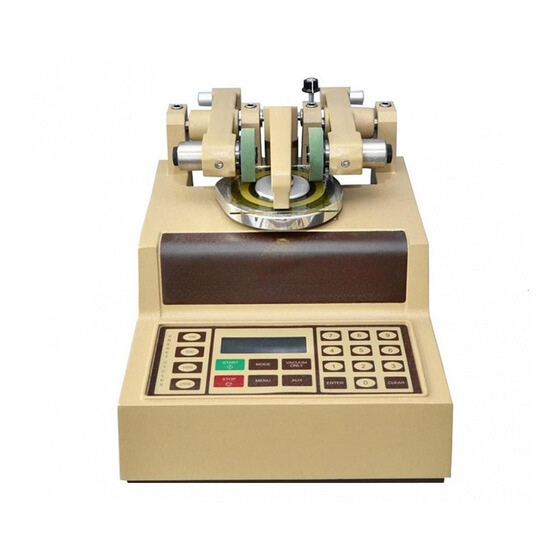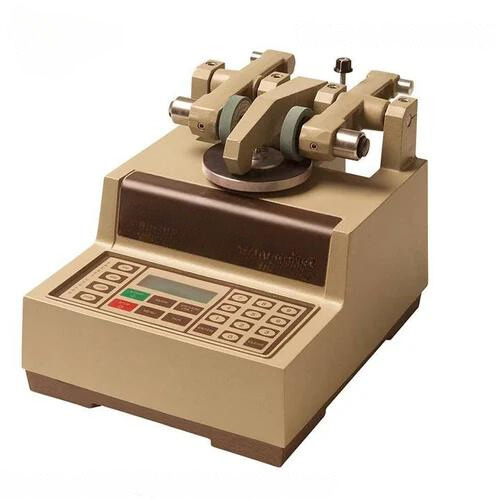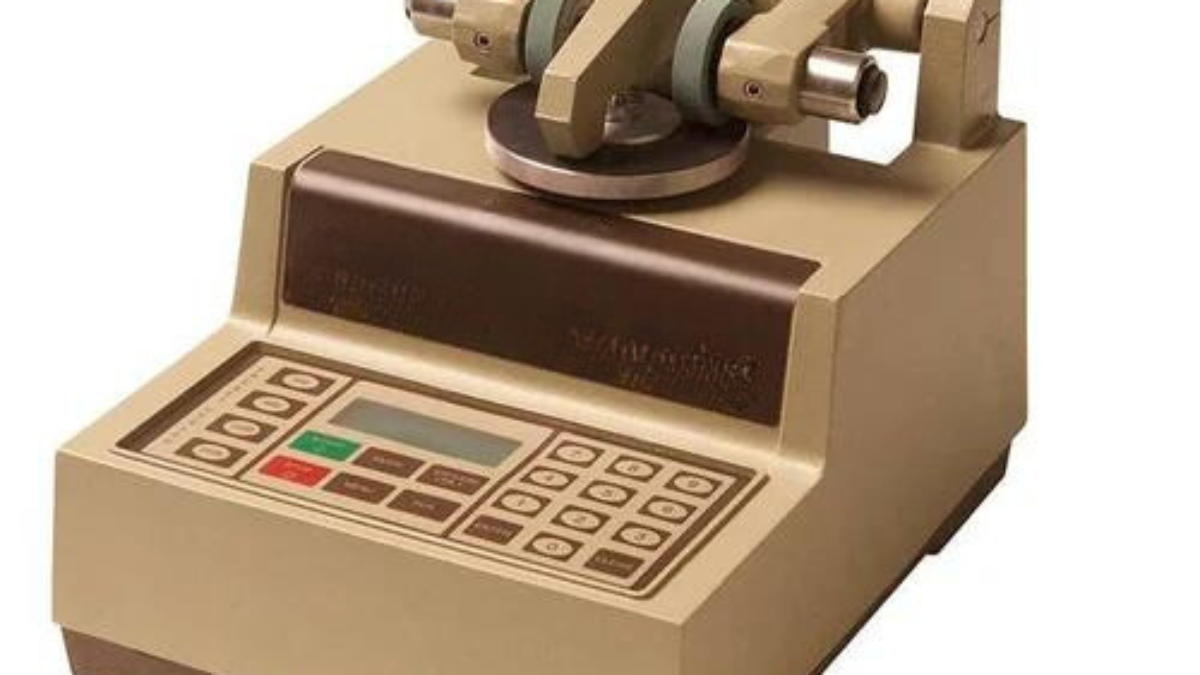Abrasion Testing As Per Standard ASTM D2486
The Essentials of Abrasion Testing: Mastering ASTM D2486 for Coating Durability
Introduction
- Abrasion resistance is a critical quality for coatings, particularly in environments where surfaces endure frequent cleaning, friction, or contact with abrasive elements. ASTM D2486, the standard test method for assessing the scrub resistance of wall paints, plays a vital role in evaluating the durability of these coatings. In this blog, we will explore the essentials of abrasion testing according to ASTM D2486, detailing its importance, the test procedure, and how to interpret the results effectively.

What is ASTM D2486?
ASTM D2486 is a standard test method established by ASTM International to determine the scrub resistance of wall paints and other coatings. The test is designed to replicate the abrasive wear that a coating might encounter in real-world applications. By simulating repeated scrubbing, this test method helps manufacturers understand how well their products can withstand regular cleaning and wear, ensuring that they meet the durability standards expected by consumers and industry professionals alike.
Importance of Abrasion Testing
Abrasion testing is critical for several reasons:
- Product Quality Assurance: By determining how resistant a coating is to abrasion, manufacturers can assure customers of the product’s durability. This helps in building brand reputation and customer trust.
- Regulatory Compliance: Many industries have specific requirements for coating performance, especially where safety and hygiene are concerned. Adhering to ASTM D2486 ensures compliance with these regulations.
- Improving Product Formulation: Abrasion testing provides valuable data that can be used to improve product formulations, enhancing the overall quality and performance of coatings.
- Cost Efficiency: Knowing the abrasion resistance of a product can help in predicting its lifespan, thereby optimizing maintenance schedules and reducing replacement costs.
Equipment and Materials Required
To conduct abrasion testing according to ASTM D2486, specific equipment and materials are necessary:
- Scrub Testing Machine: This machine is equipped with a reciprocating arm that moves an abrasive media over the test surface. The speed, pressure, and number of cycles are controlled to ensure consistency.
- Abradant Media: Typically, a standardized scrub brush or abrasive pad is used. The choice of abradant should closely simulate the type of wear expected in the coating’s intended application.
- Test Panels: Panels coated with the test material. These should be prepared under controlled conditions to ensure consistency across tests.
- Measurement Tools: Instruments to measure the degree of abrasion, such as a microscope or optical scanner, may be used to assess the wear patterns and depth.
The Testing Procedure
The abrasion testing process according to ASTM D2486 involves several key steps:
- Preparation of Test Panels: The paint or coating is applied uniformly to a substrate panel, which is then allowed to dry and cure as specified. Standard curing times and conditions must be followed to ensure accurate results.
- Conditioning: Before testing, the panels are conditioned at a standard temperature and humidity to stabilize the material properties.
- Setting Up the Test: The coated panels are securely mounted in the scrub testing machine. The machine parameters, such as scrub speed and pressure, are set according to ASTM D2486 specifications.
- Conducting the Test: The scrub machine is operated for a specified number of cycles, or until noticeable wear is observed. The abrasive media moves back and forth across the panel, simulating the wear that the coating would experience during use.
- Evaluating the Results: After the test cycles are completed, the panels are examined for signs of wear. This may involve visual inspection, measuring weight loss, or using optical tools to assess changes in the surface.
- Interpreting the Results
- The results of the ASTM D2486 test provide a quantitative measure of a coating’s abrasion resistance:
- Number of Cycles to Failure: This indicates the number of scrubbing cycles the coating can withstand before showing significant wear. A higher number of cycles typically indicates better abrasion resistance.
- Visual Appearance: Changes such as gloss reduction, color fading, or substrate exposure are noted. These changes help determine how the coating will look after extended use.
- Weight Loss Measurement: In some cases, the weight of the coating before and after testing is measured. A lower weight loss suggests a higher resistance to abrasion.
Applications of ASTM D2486 Testing
ASTM D2486 is particularly relevant for coatings used in high-traffic or frequently cleaned environments, such as:
Commercial and Residential Buildings: Ensuring that wall paints can withstand cleaning without degrading is crucial for maintaining aesthetic appeal and hygiene.
Industrial Applications: Coatings in factories and warehouses are often exposed to harsh conditions. Abrasion resistance testing helps ensure these coatings can handle rigorous cleaning and wear.
Healthcare Facilities: In hospitals, the frequent need for cleaning and disinfection means coatings must be highly resistant to abrasion to maintain hygiene standards.

Conclusion
- Understanding and implementing abrasion testing as per ASTM D2486 is essential for any manufacturer involved in producing paints and coatings. This test method provides a reliable measure of a coating’s durability, guiding product development and ensuring that products meet both consumer expectations and regulatory requirements. By mastering ASTM D2486, manufacturers can enhance the quality of their coatings, contributing to long-lasting, durable, and aesthetically pleasing surfaces in a variety of applications.

